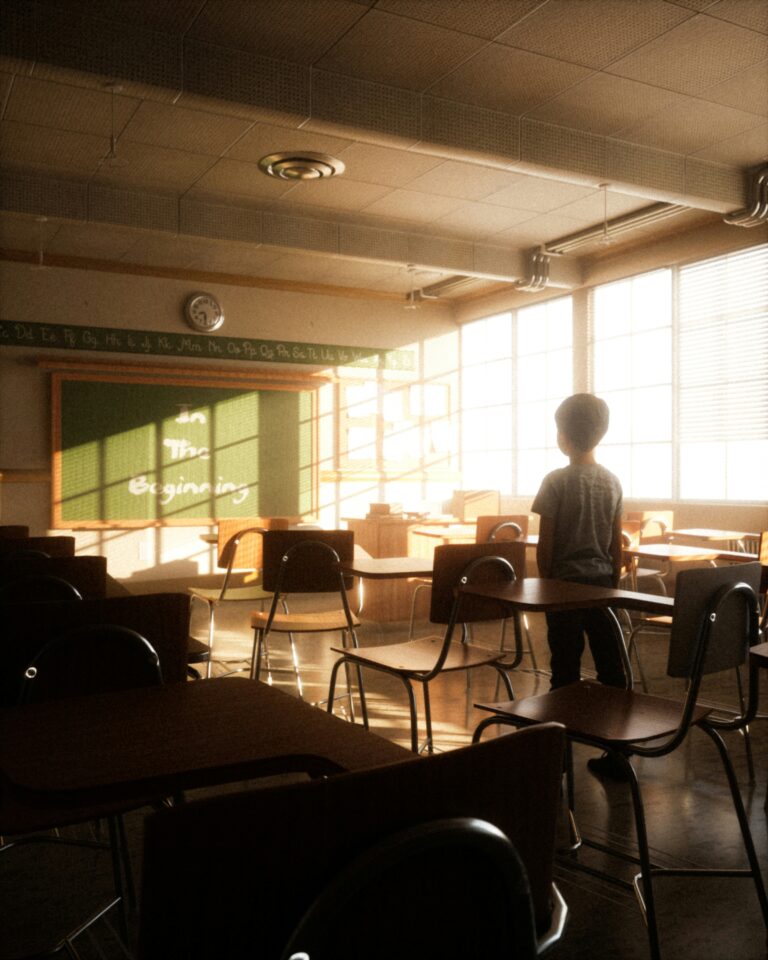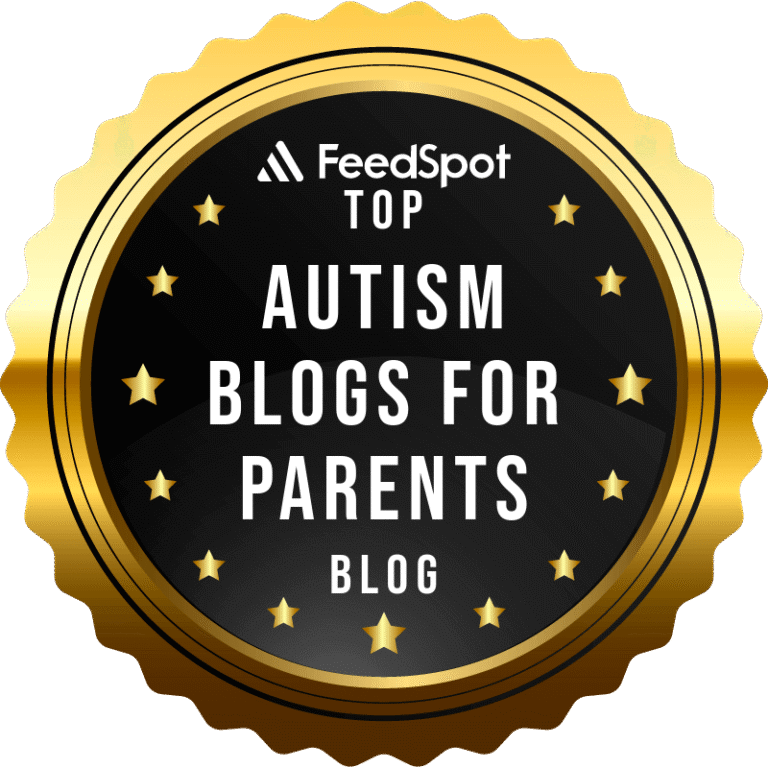
Latest posts
In The Eye Of A Different Storm: Adult Autism
By Kristi | Published | No Comments
As I sit here writing this post, I notice Ian starting to make his presence known here on the Treasure Coast. The winds are beginning to increase and the skies are darkening as I await his arrival. Thankfully, we are in a safer area— this time. Hurricanes are a way of life in Florida. Ironically, I didn’t realize until today how much they parallel life with autism. However, predicting the path of a hurricane, in my opinion, is much easier than predicting the path of autism.
Preparedness is the utmost first line of defense whether you’re facing a hurricane or autism. Knowing what to do, when to do it, and how to survive the impact. Is it best to stand your ground or seek safety and shelter somewhere else? These are questions I’ve contemplated often in recent months. Not about hurricanes, but the present and future for Jonathan, now as an adult with autism.
Information and resources for adults with autism is not a promising forecast. Autism is the fastest growing developmental disability in the world according to the CDC. Prevalence of ASD has increased 6-15% every year since 2002. (CDC biennial numbers) Statistically, there are over 5.4 million adults on the autism spectrum. 40% of those adults are non-verbal and 31% also have an intellectual disability. As many as 20% of these adults have aggressive behaviors that limit opportunities and lead to social isolation and diminished quality of life. Approximately 75% of adults with autism are unemployed or underemployed. Over the next decade an estimated 707,00-1,116,000 teens will enter adulthood and transition out of school based services. What will they find waiting for them? With statistics like these the future forecast is a dreary one.
Your place on the spectrum and where you live predetermine the category of the storms you will confront. Add to that, it is hit-or-miss in many areas, even in the same state. Some counties are impacted more than others, where support and resources are fewer and far between. Aid is rendered based on needs, resources and funding, so bigger often ends being better in the aftermath.
The winds of change are slow to provide opportunities and promise for adults on the spectrum. Vocational Rehabilitation, Adult Day Centers, Companion Care or local support groups are about the extent of what I’ve uncovered so far. If you happen to have significant needs or behavioral issues that list gets even shorter. Preparing for little or nothing doesn’t lessen the impact of the storm. It just makes it that much harder to survive it.
Predicting a future with autism is as challenging as determining a hurricane’s path and potential for destruction. We can’t evacuate from autism, only shelter in and hope for the best. We meet it head on and all we need are the necessary tools to keep one safe and well cared for.
Adults with autism face an unpredictable future, one that can overwhelm not only them, but those fighting for them. Caregivers are the meteorologists of autism. Trying our best to ascertain every struggle and obstacle that may impede our quest to achieve the best outcomes for all ages of autism. The transition to adulthood will encompass decades of support and care. Yet upon arrival, we find new elements to the storm we haven’t faced before and once again prepare to battle against the unknown.
In order to do so, we are simply asking for the implements to help us weather the destination to and through adult autism. Only then can we provide the best possible solutions that don’t end at the age of 21. A quality of life not limited by a lack of preparedness, resources or opportunities as our children become adults. Lifelong shelter from the storms of autism that come and go.
For now I sit in the eye of the storm, hoping I’m prepared for what’s to come.






Leave a Reply